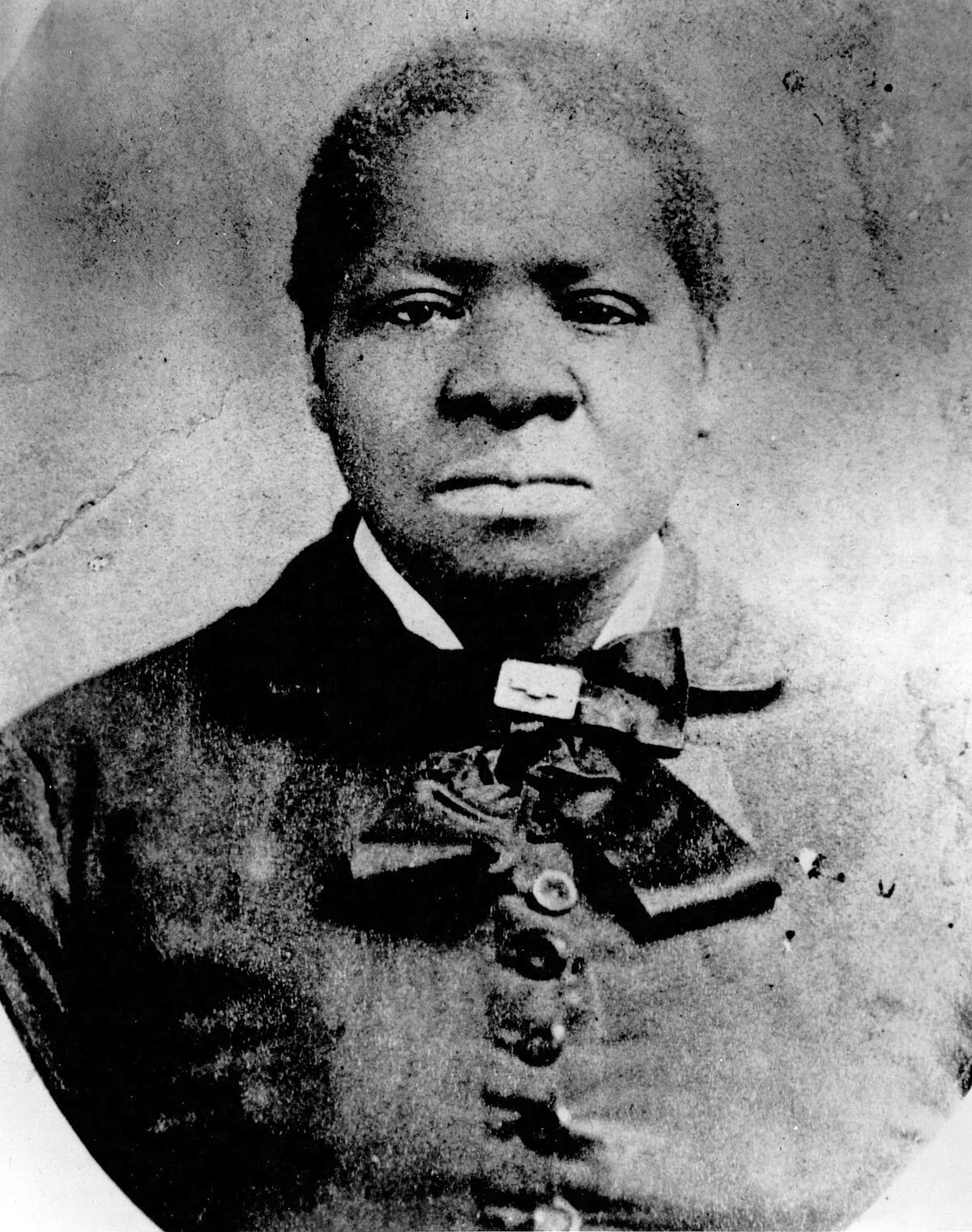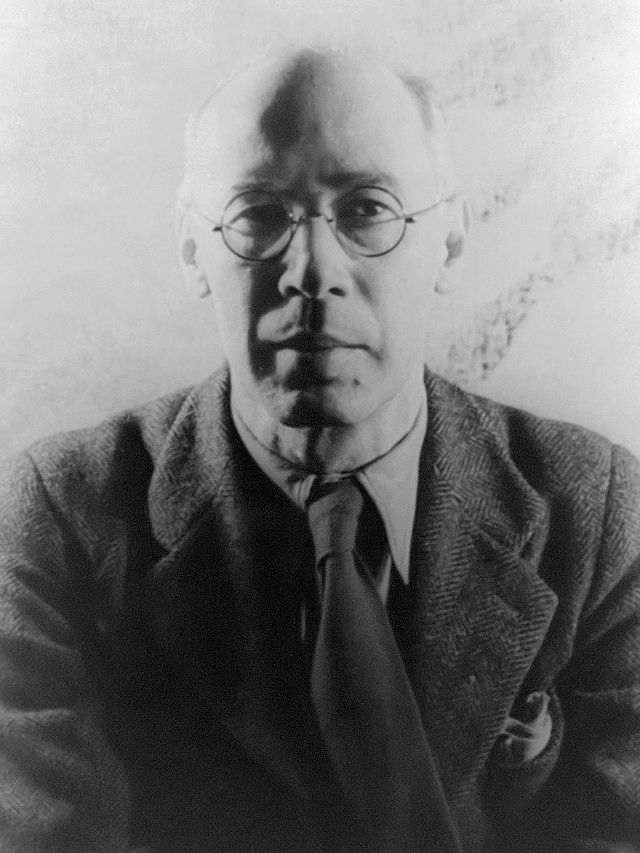7 Amazing Rags-To-Riches Journeys Of Remarkable People To Inspire You To Reach For The Stars
Hey, ever wonder what it takes to go from rags to riches? Well, get ready because we’ve got seven incredible stories to share with you. These are the kind of tales that’ll make you believe in the power of dreams and determination.
Each of these stories is filled with twists, turns, and plenty of obstacles. But through hard work, resilience, and a little bit of luck, these individuals managed to turn their lives around and achieve incredible success.
So if you’re ready to be inspired and motivated to conquer any obstacle in your own life, keep reading to discover the amazing rags-to-riches journeys of these remarkable people!
#1. Catherine I
Catherine I was born into a family of Lithuanian peasants in 1684, but tragedy struck when both of her parents died from the plague when she was just three years old. Catherine found herself without a home or family, but a kind pastor took her in and cared for her.
As she grew up, Catherine worked as a housemaid in Marienburg, which is now part of modern-day Latvia. Life was hard, but fate had other plans for her. In 1702, when Catherine was 18, the city was conquered by Russia. She was captured and taken to Moscow, where she became a servant in the home of a high-ranking government official.

It was in Moscow that Catherine’s life took a remarkable turn. She caught the attention of the Russian Emperor, Peter the Great. Despite her lack of education and literacy, Catherine’s beauty and quick wit captivated the Emperor, and the two began a passionate love affair.
In 1712, Catherine and Peter were married, and she became his closest confidante during a time of significant political and social changes in Russia. When Peter passed away in 1725, Catherine was named Russia’s first female empress, marking an incredible rise from orphaned peasant to monarch.
Despite her short reign of only 16 months, Catherine made lasting contributions. She consolidated her power and implemented reforms, including reducing the size of the empire’s military. Additionally, she endeared herself to the people by generously assisting the poor, never forgetting her own humble beginnings.
#2. Andrew Carnegie
Andrew Carnegie was born in a small house in Scotland in 1835 to a family who struggled to make ends meet. They didn’t have much money, and Andrew didn’t get to go to school much. When he was 13, his family moved to Pennsylvania, America, for a better life.
In Pennsylvania, young Andrew got a job in a textile mill, earning just $1.20 each week. It was hard work for little pay, but Andrew was determined to do better. He worked as a messenger boy and in a factory before landing a job as a secretary and telegraph operator at the Pennsylvania Railroad.

Andrew didn’t stop there. He worked hard and eventually became the superintendent of the railroad’s western division by 1859. With the money he earned, he invested in different businesses, like making bridges and running telegraphs. But his most famous venture was starting a steel mill.
By the early 1900s, Andrew’s steel company, Carnegie Steel Company, had become huge. He became incredibly wealthy, and when he sold his company to a man named J.P. Morgan, he became the richest person in the world, making $480 million.
But Andrew Carnegie didn’t keep all that money to himself. He believed in giving back, saying that if someone dies rich, they die disgraced. So, he spent his later years giving away his fortune to help others, donating around $350 million to charities and causes that mattered to him.
#3. The Hongwu Emperor
The Hongwu Emperor was known by his temple name as the Emperor Taizu of Ming. He was also famous as a Chinese peasant who brought down the Mongols and established the Ming Dynasty.
The young orphan Zhu Yuangzhang lived in China during the 14th century. He was so poor that he had to join a monastery just to avoid starving. Later, he became a beggar to survive. But fate had other plans for him.
Zhu joined a group of rebels who were fighting against the Mongol-led Yuan Dynasty. He was really good at leading soldiers, so he quickly became the leader of the rebel army by 1355.

With determination and ruthlessness, Zhu fought hard against both the Mongols and other Chinese rivals who wanted power. Finally, in 1368, his army kicked the Mongols out of China, and Zhu declared himself the emperor of the Ming Dynasty. He took the name Hongwu.
Even though he brought China back under Chinese rule, Hongwu’s rule was harsh. He was really paranoid and violent. In 1380, he ordered the execution of 30,000 people because he was worried they were plotting against him. Despite the violence, Hongwu ruled for 30 years, leaving a lasting mark on China’s history.
#4. Justin I
In the late 4th century, there was a man named Justin who lived in the Balkans. He wasn’t born into royalty like most Byzantine emperors. Instead, he was a simple sheepherder. But Justin had big dreams, so he left his home and traveled to Constantinople, the capital city of the Byzantine Empire.
When Justin arrived in Constantinople, he had nothing but the clothes on his back. But he was lucky to find work as a guard for Emperor Leo. Even though he couldn’t read or write, Justin was brave and skilled in fighting. He earned respect and eventually became the commander of the palace guard.

In 518, when the emperor at the time, Anastasius I, passed away without any children, Justin saw his chance. He used his influence with the soldiers to seize the throne for himself. At 68 years old, Justin went from being a poor shepherd to becoming the ruler of the Eastern Roman Empire.
Justin’s reign lasted for nine years, and while it wasn’t remembered as particularly significant, it laid the groundwork for his successor, Justinian I. Justinian aimed to restore the old Roman Empire by reclaiming territories in Western Europe, leaving a much more lasting impact on history.
#5. Biddy Mason
In the 19th century, a remarkable woman named Bridget “Biddy” Mason defied the odds and found success as one of America’s first female real estate tycoons, despite starting life as a slave. Born in Mississippi, she later journeyed to Utah with her owner, who had converted to Mormonism. Eventually, they settled in California.
In 1856, after petitioning for her freedom, Mason settled in Los Angeles and worked as a midwife. With her earnings, she purchased a small plot of land for $250, becoming one of the city’s first black landowners.

Mason’s business acumen shone through as she sold some of her property at a profit and reinvested in commercial real estate in bustling areas of Los Angeles. Over time, her wealth grew significantly, totaling around $300,000.
Despite her financial success, Mason remained compassionate and generous. She contributed to charitable causes, provided aid to the needy, and played a pivotal role in establishing the city’s first black church. Her legacy as a pioneering real estate entrepreneur and philanthropist continues to inspire generations.
#6. Henry Miller
Henry Miller arrived in America as a poor immigrant, but he became one of the country’s biggest landowners and played a significant role in shaping the western frontier.
In the mid-19th century, Heinrich Alfred Kreiser left his home in Germany and set sail for America at just 14 years old. Arriving in 1846, he found himself in a new land with new opportunities. Taking on the name “Henry Miller” due to a ticket mishap, he started his journey in San Francisco with only six dollars in his pocket.
Working tirelessly as a butcher’s assistant, Miller saved every penny until he could open his own shop. As more people moved to California, Miller saw a chance to expand his business. He bought cattle and thousands of acres of land for grazing.

Over the next five decades, Miller’s cattle empire grew, spreading across California, Oregon, Nevada, and Idaho, covering about 1.3 million acres. He didn’t just stop at cattle ranching; Miller also invested in irrigation systems to turn barren land into fertile pastures.
When Henry Miller passed away in 1916, he left behind a fortune estimated at $40 million. His journey from a penniless immigrant to one of America’s largest landowners shaped the history of the western frontier, leaving a lasting legacy.
#7. Charles Dickens
In the 1820s in England, Charles Dickens experienced a childhood marked by hardship, much like the characters in his famous novels. Though he attended school, his family faced financial ruin when his father was imprisoned for debts.
While the rest of the family went to jail with his father, 12-year-old Charles was sent to work in a shoe polish factory to help make ends meet. His days were long and grueling, laboring for 10 hours a day for just six shillings a week.

After his father repaid the debts, Charles was able to return to school briefly. But financial troubles struck again, and he had to leave school for a second time to work as an office clerk to support his family. Despite these challenges, Charles pursued his passion for writing and found success with his novel “The Pickwick Papers” in 1836.
Throughout his life, the memories of his time in the factory haunted him. He drew on these experiences in his novels, such as “David Copperfield,” “Oliver Twist,” and “Great Expectations,” shedding light on the plight of child laborers and the struggles of the working class in 19th-century England.

